Maria Muldaur - Interview Part 1
by Lisa Torem
published: 1 / 12 / 2009
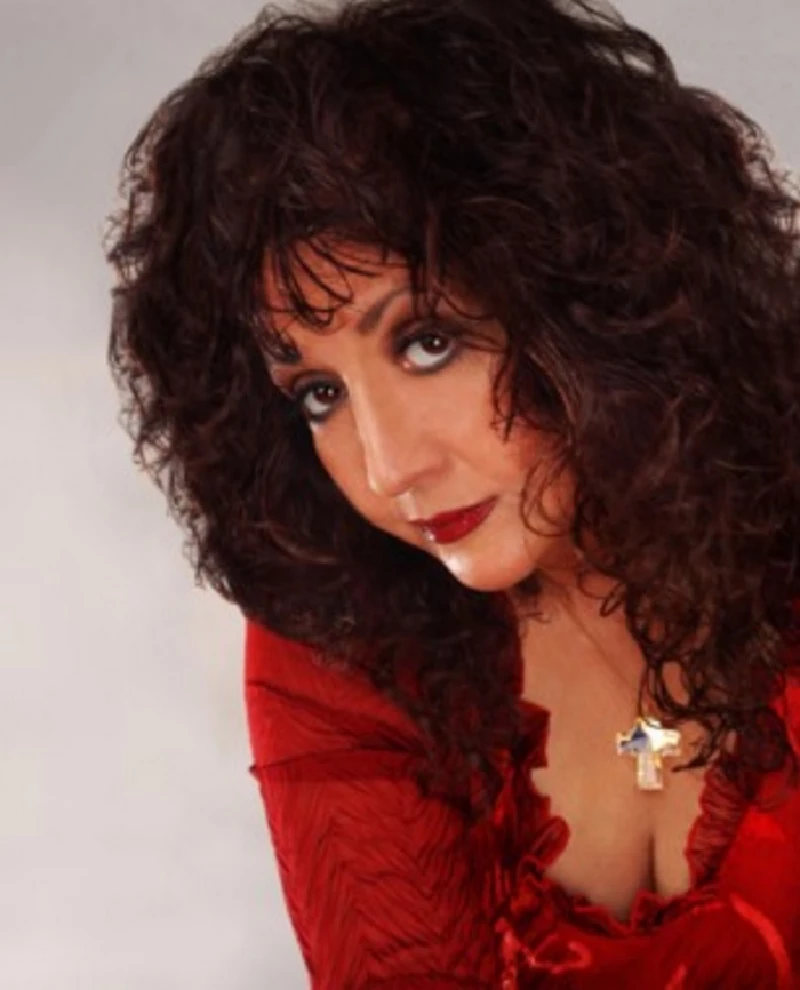
intro
In the first part of a two part interview, Lisa Torem chats to singer-songwriter Maria Muldaur about her new album, 'Garden of Joy'...
It’s not surprising that Maria Muldaur’s 'Garden of Joy’ is this sultry singer/producer’s most engaging album title. Maria caught up with Pennyblackmusic during two phone conversations where it became clear that to create this release, she first had to weed through repertoire that shed serious daylight on the troubled poor who barely survived, (after scrimping and saving) the Great Stock Market Crash in the late 1920s. The bittersweet lyrics in one of the album’s final cuts, ‘Bank Failure Blues’, convey this anguish, though the bouncy melody offers temporary salvation. Here too, Maria has cultivated charming duets with old friend Dan Hicks and firmly planted American Roots Music back where it rightfully belongs as she re-harvests her Jug Band beginnings. This phenomenon, according to the effervescent Maria, is re-gaining worldwide recognition. However, ‘Garden of Joy’ is merely one example of Maria’s versatility and proliferation. It’s ironic that the theme of her 70s gone- gold cut, ‘Midnight at the Oasis’- which romanticized a desert setting - ultimately brought her to lush green, expansive environs of 'Garden of Joy'. Maria’s self-titled debut featured composer David Nichtern’s smooth-jazz chord progressions and off-kilter lyrics: "You won’t need no camel, honey, when I’m by your side" and has since become a jazz standard. Also on that album, Wendy Waldman’s ‘Mad Mad Me’ provided a counter-balance with its dreamy, confessional narrative, truculent piano and harrowing, broken heart-felt strings. The turning points of Maria’s 46 year career can often be reflected through her album titles and specific track names. ‘I’m A Woman’ from ‘Waitress in a Donut Shop’ - her follow-up to ‘Maria Muldaur’ - became her feminist anthem and an ode to working-class women. Ironically, Maria might have remained a server in the aforementioned profession had her trajectory not been propelled to fame after ‘Midnight at the Oasis’ climbed up the charts. During the course of our conversations, it became increasingly evident that Maria’s vocal strength is paralleled by her determination to choose material that breaks down socio-economic barriers. In addition, she frequently underscores music from the Great American Songbook. Luminaries like Fats Waller, Duke Ellington and Skip James influenced this artist who coined the term ‘bluesiana’ after recognizing the beguiling charm of New Orleans jazz. ‘Yes, We Can!’ was Maria’s 2008 album which gave voice to socially conscience song writers such as Marvin Gaye, Allen Toussaint and her ‘Women’s Voices for Peace Choir’ which celebrated the vision of Bonnie Raitt, Joan Baez, Jane Fonda, Odetta and Phoebe Snow. Maria likes to "turn people on" to the unsung that initiated unique performance ideas. For example, she unearthed a tribute to minstrel singer-songwriter Emmett Williams (‘The Ghost of The St. Louis Blues’) whose distinct yodel inspired Hank Williams. Interviewing Maria and researching her albums is like focusing intently on a 300 piece jigsaw puzzle in which as soon as one seemingly asymmetrical piece finally fits successfully on to the board, the next randomly picked piece (larger and more descriptive) requires even more concentration and reflection. Each song title coyly suggests a surf on the net. Meanwhile, her voice - both seductive and gritty – engages in splashes that recall Memphis Minnie moxy, Victoria Spinney verve and Bessie Smith savois faire. Equally inspired by jazz vocalist Peggy Lee and troubadour and friend Bob Dylan, as well as Gospel, Bluegrass and Dixieland, Maria leaves no musical touchstones unturned – she has recorded 35 solo albums since the 70s – and like the miracle of snowflakes - each is distinctly unique. Maria Muldaur, displays a breathtaking stream of utterances, whether speaking frankly or sonically expressing her penchant for auspicious, bawdy, scatalogical or zany ballads. A set of dark, mysterious Mona Lisa eyes seem to follow me around the room from the poster on my desk sent by Maria’s assistant. This Greenwich Village coffee-house chanteuse, who migrated to the West Coast, has a body of work which is charioscuro personified. Dark and light, lyrical and emotional themes illuminate her albums. 20's and 30's inflected lush horn arrangements and flagrantly hip honky-tonk and stride piano embellish timeless ballads and swinging scat. Life-long buddies such as John Sebastian, who hits-home on blues harp and Taj Mahal, appreciated for his cavalier strumming, interject kitschy riffs throughout ‘Garden of Joy.’ As a testament to Maria’s loyalty and confidence in her peers, she garners repeat business. ‘Gringo en Mexico’, another Waldman song, appears on ‘Waitress’ as does Nichtern’s ‘Oh, Papa.’ Excavating the right songs and then carefully trimming back any extraneous edges is a talent that has served Maria well. Alhough her arrangements fluxuate in style, tempo and theme from album to album, her songs last. Her journey began when she nurtured an abundance of love for deep American roots music. The dream was realized while touring with the Even Dozen and then Jim Kweskin Jug Band. Her research even included hopping aboard the proverbial Doc Watson freight-train to discover her Appalachian violin chops. But, what stands still and remains constant throughout our intimate conversations, is the candour, stamina and wit of a colourful entertainer and recording artist. Yes, Maria has come full-circle, but the fruits of her labour remain sumptuous. Like roots beneath a bed of fragrant flora, she works tirelessly, but ultimately exudes radiance. In this in-depth profile, Maria Muldaur sensitively shares the bounty of her creative life. PB: Hi Maria. Let’s talk about your new release, ‘Maria Muldaur and her Garden of Joy.’ You sing the duets, ‘Life’s Too Short’ and ‘When Elephants Roost in Bamboo Trees’, with Dan Hicks. ‘Life’s Too Short’ is a light song and I’m wondering if that’s a reflection of your philosophy because I don’t hear music very often these days that’s humorous. MM: Well, the whole album with the exception of ‘The Panic is On’ and ‘Bank Failure Blues’ is pretty light-hearted. I mean jug-band music in general is pretty zany, wacky, goofy, and humorous music of course. And Dan and his music certainly fit that same description! He’s always loved jug band music and he was a fan of the Jim Kweskin Jug Band back in the day. Out here in the San Francisco Bay Area he has formed an absolutely zany band called the Christmas Jug Band, and they’ve become an institution around here for twenty-five years. They take all these Christmas songs and just absolutely fracture them! ‘Life’s Too Short’, one of the duets we do together on the new album, is about a smarmy lecherous kind of smooth operator type who tries to put the moves on this relatively innocent babe and, as usual, she asks what’s always going through a woman’s mind: (Maria uses a squeaky voice), “Might there be a commitment in our future?”, “Might your intentions be honourable, and might you want to marry me?” Whatever she says, he’s just interested in making his moves, so he says, “C’mon, baby, life’s too short to worry ‘bout that.” And the way he delivered it I thought was so hilarious! All that repartee between us before the song starts was certainly not planned. He just started saying, “Hey, you look familiar – don’t I know you from somewhere – oh that’s right, I invited you over here tonight, didn’t I?” I was a little taken aback for a moment, as I’m not usually a great off-the-cuff spontaneous improviser. But, I thought I rose to the occasion pretty well! I had a moment of panic and then I just fell right into it and then the stuff we did in-between is hilarious. So in answer to your question – what was the question? I forgot! PB: Humour is something we don’t hear very often in popular music these days. However, I hear it in many of your recordings. MM: I tell ‘ya. That’s one of the big appeals of jug band music. I came about doing this record completely by accident – on a whim. I heard some old blues and jug band music on my favorite satellite blues show on the radio. I wasn’t even planning to make an album this year. I’ve made one album a year for the past eighteen years, which I’ve produced myself, and was going to take a break from recording this year! Last year’s outing was quite ambitious – it was a pro-peace album called ‘Yes, We Can.’ It featured the ‘Women’s Voices for Peace’ Choir with Odetta and Joan Baez, Bonnie Raitt and all these people, so that was so ambitious to try to get all those women together – Jane Fonda, Marianne Williamson, Bonnie and Holly (Near), but I heard this jug band music on the radio and it made me nostalgic for that wonderful, zany, good-time music I used to love to play long ago. So, on a whim, I called up my old jug band mates from the Even Dozen Jug Band’ (which I was in before the ‘Kweskin’ band), John Sebastian and David Grisman, and said, "Say, I got a wacky idea – why don’t we make a jug band album?" and they loved the idea – and both said, "Just say when and where, and we’ll be there!" And then right away I thought of Dan Hicks, because his whole outlook and vibe and musical sensibilities are completely in alignment with this kind of stuff and when I approached him, he was into it! Then, I needed to round out the band, and my friend from Washington said, "It’s odd that you should think of doing a jug band album, because there’s a big jug band craze going on up here,” and I went, “No way! You’re kidding!”. (To me, it was going to be my own private little nostalgic musical trip down memory lane, going back to my original roots and revisiting the music I used to love). Well, I didn’t believe him so he sent me several CDs from the different jug bands from the town of Port Townsend, WA. On one of the CDs, I heard this one guy Kit Stovepipe play this amazing, very syncopated, raggedy, funky, ragtime guitar! I just fell in love with his playing and said, “Oh, my God, I’ve got to get him on this record.” I called him up, and asked him to participate – he was just thrilled and delighted. By way of answering your question, I subtitled the album: ‘Good Time Music For Hard Times.’ Just by some stroke of synchronicity, 80 years after jug band music first emerged - there is a resurgence going on with a whole new generation that didn’t even know about it. The point I’m making is you’re damn right there’s very little humour in music these days! Everybody takes themselves way too seriously! My Garden of Joy Jug Band and I just finished a six-week tour. Because we’re in such dark, hard times, my agent was moaning and groaning and saying “I just hope it’s going to be okay out there, the economy’s bad.” Well, not only was every show sold out or close to it – but people were just trotting up to the CD table and buying them in unprecedented numbers, and that’s even though I allowed the guys who were part of the support act, the Crow Quill Night Owls’ Band to sell their CDs alongside mine (they were so appealing and played so well and everybody just loved them so much), they did a good business, too. In spite of that little bit of competition from them, my own CDs sold unusually well. People just were thirsty for this kind of music. One lady up in Canada came up to me and said, “My husband and I – our cheeks are hurting from grinning so much all evening!” The point I’m making is that this music emerged out of hard times the first time around. Although I didn’t have any big lofty thoughts about that when I got the inspiration to do this, I think it just really struck a chord with people, and is resonating with folks. The same day David Grisman and John Sebastian agreed to be part of the album, I was so excited, and ran home and pulled out all my vintage recordings (of which I have many) to look for some really cool tunes to do for the project. The very first CD I picked up is a compilation of little-known blues women from the 20s and 30s and the first song - which just jumped off the cover at me – was written and recorded in 1929 by a little-known blues woman named Martha Copeland, and it was called, ‘Bank Failure Blues’ and I went, "Oh, my God," and I put it on. It was this poignant little song that she had obviously written herself about her experience and the experience of so many, then as now, who had worked so hard and scrimped and saved all their lives only to find their savings just gone up in smoke. I thought this could not be more synchronistic and more fitting for these times and I put that song on the album. ‘The Panic is On’ is slightly more upbeat. It’s written by this guy named Hezekiah Jenkins. They say one picture’s worth a thousand words, well I think one of his songs is worth a thousand pictures! I think Ken Burns could have done a documentary on the Depression Era and not come up with a more vivid depiction of what people had to resort to and were forced to do during that Great Depression. I did those two songs near the end of my show, and people really related to them. But, by and large, it’s the nutty zany stuff that people are just loving. I had so much fun during the tour. I’m already looking forward to doing a bunch of festivals this summer with the Garden of Joy Jug Band. PB: You recorded ‘The Ghost of St. Louis Blues’ which with it’s lush arrangement, struck a chord in me. Is this an ode to Louis Armstrong? MM: I’m totally into all kinds of American Roots Music and that certainly includes New Orleans Jazz, Dixieland. It came from an incredible performer named Emmett Miller- have you ever heard of him? PB: No… MM: When I told Dan Hicks about the project he was so enthused. He was calling me often on the phone, saying things like “Hey, I found another song.” He turned me on to ‘The Ghost of The St. Louis Blues’ – and the minute I heard it – you know how you play a song fifty times because you love it? PB: Oh, yeah. MM: Well, that’s what I did! And I had barely heard of Emmett Miller before, but I know all about him now and just fell in love with his voice – you really ought to go on-line and check him out. PB: I will. MM: And that’s part of the reason I do these series of albums that I’ve done on the Stony Plain label is to expose and turn people on to the lesser known, but equally deserving of our appreciation and attention – artists who flourished briefly in that era and really are so much of the cornerstone of our American musical culture. Well, this guy Emmett Miller, I came to find out – was one of those minstrel performers (although it’s very unpolitically correct now – at the time it was all the rage) who performed in black face. He was white, but a lot of the black artists performed in black face, too. It was just sort of a thing people were doing. So, there were thousands of them. But, this guy had the most amazing singing voice – expressive - with a really special way of singing. And, on top of that he was a killer yodeller! I heard his yodelling and I went, “Man, this sounds too familiar.” And I came to find out that he was a major influence on two artists that were a major influence on me and my singing style, and that would be Hank Williams and Jimmie Rodgers, ‘the Singing Brakeman.’ Now, when I hear Emmett Miller, I totally hear where they got it from – note for note - their yodelling style. So, I guess in some way, through this project, I came to find out that Emmett Miller is kind of like my musical great-grandfather three times removed or something! And, then the song itself is so catchy – it’s just a novelty tune. I guess it was probably written in reaction to the fact that St. Louis blues was so popular. Probably dozens of people were recording it and every time people went out to hear music live – they probably heard that tune. Somebody probably got the idea to write this song because St. Louis blues was haunting him and he wished it would stop. We did that live and put a lot of scary noises and ghosts voices on it and people just ate it up. I mean, people want to have their hearts lightened right now. You know what I mean? PB: Oh, yes, I do. MM: It’s not about taking yourself really seriously. It’s like - times are hard, what can you do about it? You can go out and enjoy yourself and take things a little less seriously. PB: Charles Brown sang ‘Gee Baby, Ain’t I Good To You’ and you went to great lengths to record his vocal performance - which would be part of a duet - from a nursing home… MM: That was on: ‘Meet Me Where They Play The Blues.’ I was supposed to do the whole album in collaboration with Charles Brown. We had become friends from doing a lot of gigs together. I just adored him. He really loved my voice and my singing style. Of course, I just worshipped him. He’s just one of the most soulful people I’ve ever met and certainly one of the most soulful singers and piano players I’ve ever heard in any genre. Anyway, right when we were going to start the album, he got taken ill. He was in his late 70s. He had been performing right up to that time – he had to go to a nursing home. We changed the recording date a couple of times. When you’re doing something for a record company there’s deadlines and you gotta have it out by such and such a time, so sadly, I finally had to go in to the studio without Charles, but I got a great piano player to cover for him, a guy named Dave Matthews – not the rock star Dave Matthews – the real Dave Matthews, in my opinion! Dave knew how to play all the stylistic things that would make him sound like Charles Brown. We finished the recording and then Charles took a turn for the better and said, “When are we gonna record?” and they told him, “You know, Charles, you’ve been ill for a while. “She didn’t want to do it, but she had to get the recording done,” and he said, “Well, I can still sing, can’t I?” So we brought some digital recording equipment to the nursing home – it was a very, very precious moment, one I’ll never forget – and he was very, very proud of it. I know a couple of people thought, “How could she do that – go to the nursing home and try to squeeze a vocal out of him?” PB: I think it’s wonderful. I’m sure he loved it! MM: And not only that he was so proud. I mean, he put on his best diamond-studded hat and got all spiffed up, and the next day Dr. John happened to be out here performing at the jazz club here, Yoshis and - when he heard Charles was sick - went to the nursing home and they spent the afternoon together. Charles was asking, “What are you up to?” and Dr. John said (Maria mocks his low voice,) “Oh, I’ve been doing some recording – this and that,” and Charles said (Maria mocks his voice, too), “Well, I did some recording right here yesterday!” He was really proud. It made him feel useful. It made him feel like he was still happening. It was a very precious moment and it came out just beautiful. He has such a rich, sexy voice. It just melts me when I hear it to this day. PB: You’ve also recorded a tribute album to Peggy Lee. She died a year before the album was out. Was Peggy aware that you were doing this album for her? MM: Well, the way that came about is, I’m not under contract with anybody, so if I get a good idea, I can usually find a record label. I work for a couple of them on-going, Telarc is one and Stony Plain is another and there’s others. So, I got a call from Telarc. They said, “Do you want to do an album?” and I said, “Great. What kind of album?” and they said, “Anything you like.” Well, Peggy Lee had just passed away and I could not believe how little anybody had mentioned of it. I mean, it wasn’t like she was an obscure blues singer who deserved attention – she was unbelievably successful! Her career spanned over five or six decades! She made over 80 albums in her life! And they mentioned it in 'The New York Times', but there was not much mention of it…(in other local press). She’s always been a huge influence on me – someone who had an almost Zen singing style which I really loved. I thought it was elegant, sexy and Zen to the bone. She was the epitome of less is more. So, I called them back and said, “How about I do an album paying tribute to Peggy Lee” and they said, “Great idea”. I always get an A team of fabulous players together for these projects. I hired David Torkanowsky, one of the greatest living piano players in American music – out of New Orleans – and he brought part of Harry Connick Jr’s Band rhythm section with him. It was going to be very spare, simple album. One of the funny things was – I wasn’t going to touch ‘Fever’ because I wanted to focus on the fact that she was a songwriter. Very few people know … PB: I didn’t know that either. MM: There’s twenty- thousand female singer-songwriters strumming nylon guitars and whining about their personal inner pain on every street corner and certainly in every club. Makes you want to stab yourself! But, then, back in the day, she was one of the first female singer-songwriters. But, her songs weren’t maudlin and self-pitying songs. She’s a great songwriter, very hip, great singer. I didn’t want to touch ‘Fever’, because I found all these other really great songs - including another duet that I did with Dan Hicks called, ‘Winter Weather,’ - she had done with the Benny Goodman Orchester, 1939, or something. But once we were in the studio, the producer says, after a couple of tunes, "Aren’t you going to do ‘Fever'?" I said, "Nooo." I suppose I could have made a big stink and said “I absolutely refuse to do it”, but he was kind of like, “It’s a Peggy Lee tribute album, I think you better do ‘Fever’”. So, I said to the guys over the microphone – “They want us to do ‘Fever’ - what can we do?” So on the spot the musicians come up with this hip arrangement, which was way, way cool and very different than anything I’d ever heard. Just the way you hear it is just the way it came out. Now, I’m glad we did it because it’s been very well-received when I do it live. So that’s the story of my Peggy Lee tribute. We recorded everything in two days. This was not done with a huge amount of preparation. Jazz is supposed to be spontaneous, so that worked in our favour.
Picture Gallery:-
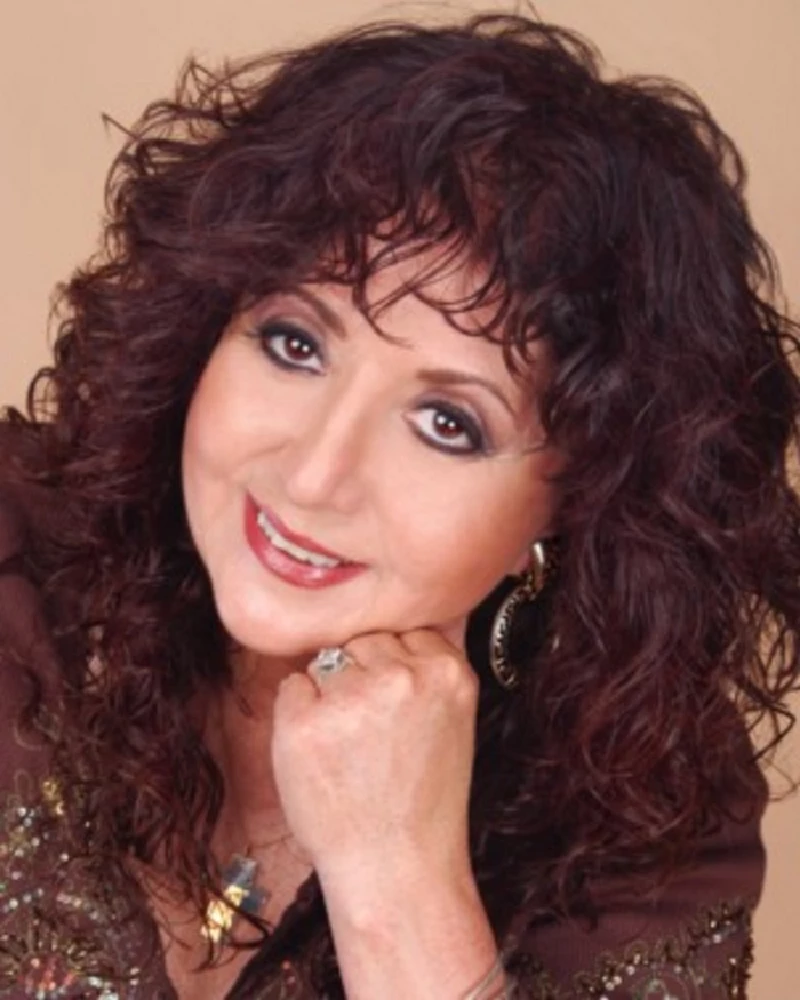
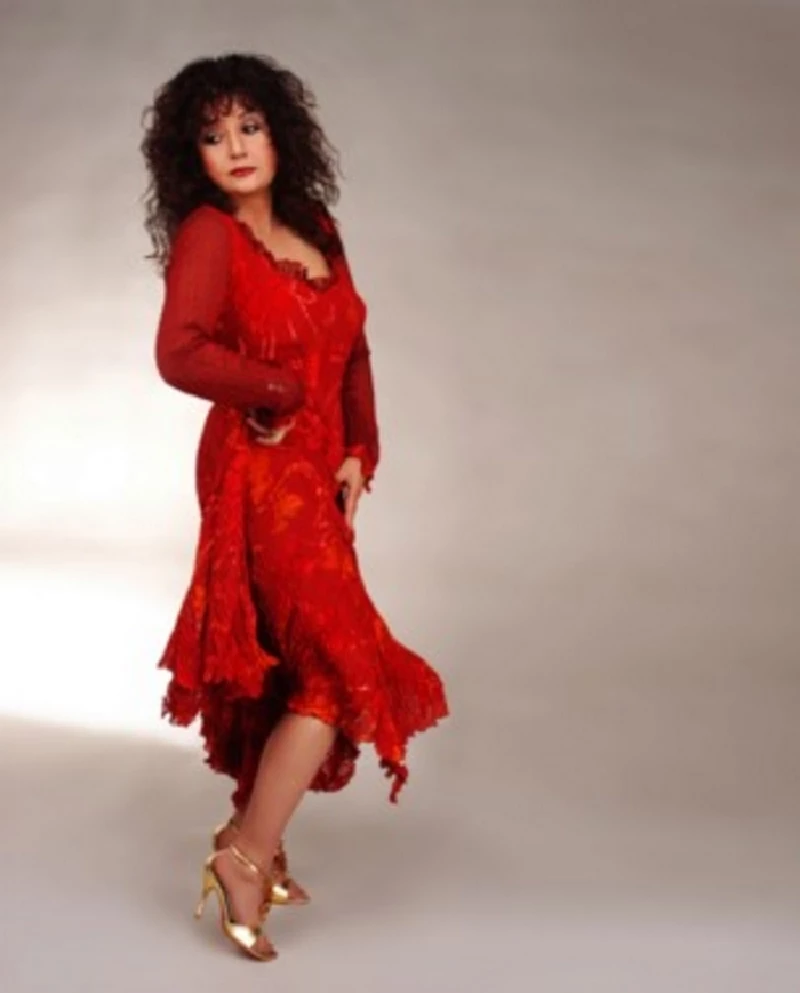
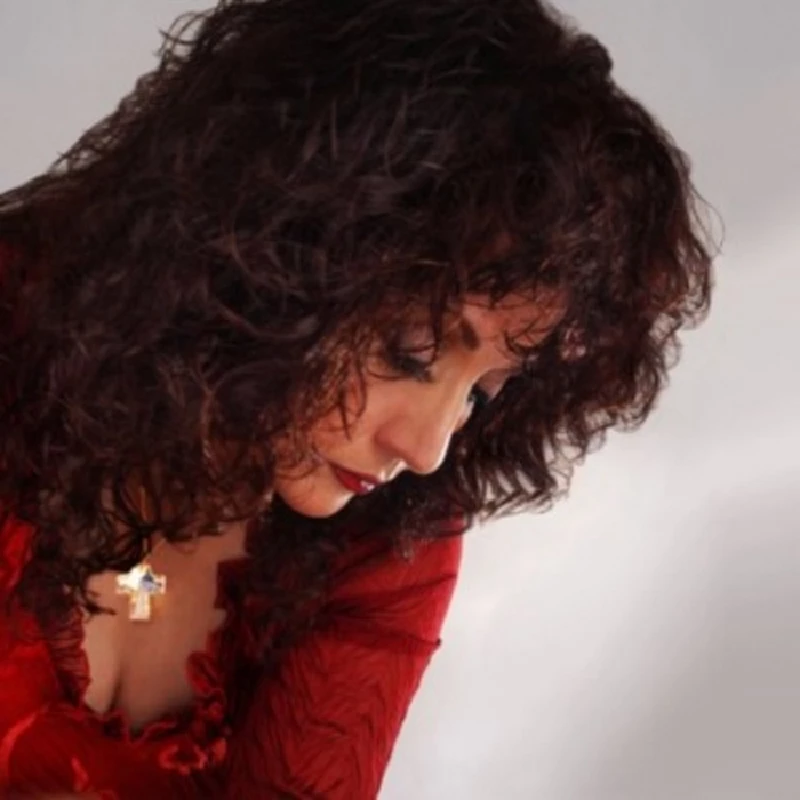
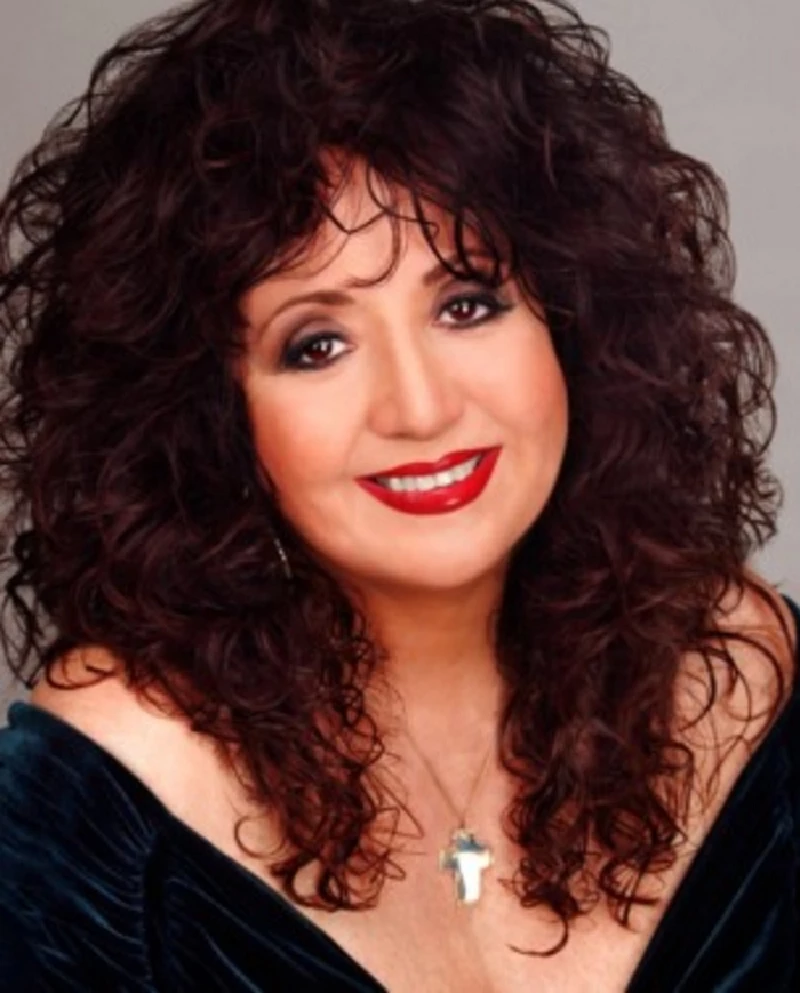
interviews |
|
Interview Part 2 (2009) |
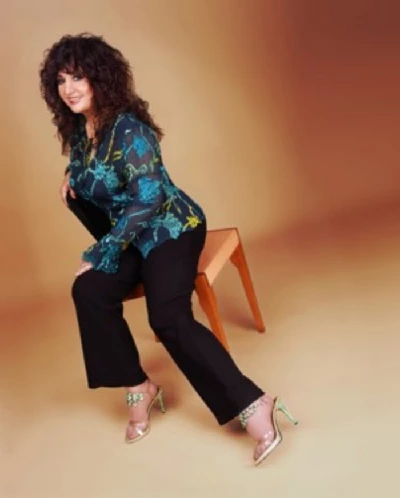
|
| ...while in the second part she talks to her about 'Midnight at the Oasis', the song which first brought her to public acclaim |
profiles |
|
Live In Concert (2010) |
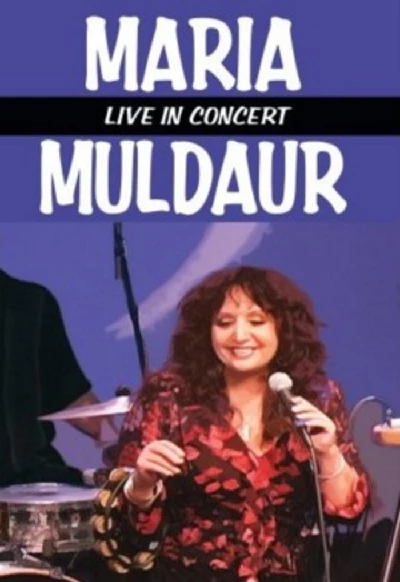
|
| Lisa Torem watches New York-based singer Maria Muldaur play an enthusiastic set of largely Bob Dylan covers plus a few of her own hits in her new live concert DVD |
most viewed articles
current edition
Carl Ewens - David Bowie 1964 to 1982 On Track: Every Album, Every SongArmory Show - Interview with Richard Jobson
Bathers - Photoscapes 1
Visor Fest - Valencia, Spain, 26/9/2025...27/9/2025
Colin Blunstone - Thalia Hall, Chicago, 16/7/2025
Billie Eilish - O2 Arena, London, 10/7/2025
John McKay - Interview
Robert Forster - Interview
Loft - Interview
Sir Tim Rice - Interview
previous editions
Heavenly - P.U.N.K. Girl EPManic Street Preachers - (Gig of a Lifetime) Millennium Stadium, Cardiff, December 1999
Oasis - Oasis, Earl's Court, London, 1995
Beautiful South - Ten Songs That Made Me Love...
Trudie Myerscough-Harris - Interview
Pixies - Ten Songs That Made Me Love...
Paul Clerehugh - Interview
Doris Brendel - Interview
Prolapse - Interview
Simon Heavisides - Destiny Stopped Screaming: The Life and Times of Adrian Borland
most viewed reviews
current edition
Amy Macdonald - Is This What You've Been Waiting For?Sick Man of Europe - The Sick Man of Europe
Phew, Erika Kobayashi,, Dieter Moebius - Radium Girls
Alice Cooper - The Revenge of Alice Cooper
Davey Woodward - Mumbo in the Jumbo
Lucy Spraggan - Other Sides of the Moon
Blueboy - 2
Cynthia Erivo - I Forgive You
Vinny Peculiar - Things Too Long Left Unsaid
Philip Jeays - Victoria
Pennyblackmusic Regular Contributors
Adrian Janes
Amanda J. Window
Andrew Twambley
Anthony Dhanendran
Benjamin Howarth
Cila Warncke
Daniel Cressey
Darren Aston
Dastardly
Dave Goodwin
Denzil Watson
Dominic B. Simpson
Eoghan Lyng
Fiona Hutchings
Harry Sherriff
Helen Tipping
Jamie Rowland
John Clarkson
Julie Cruickshank
Kimberly Bright
Lisa Torem
Maarten Schiethart